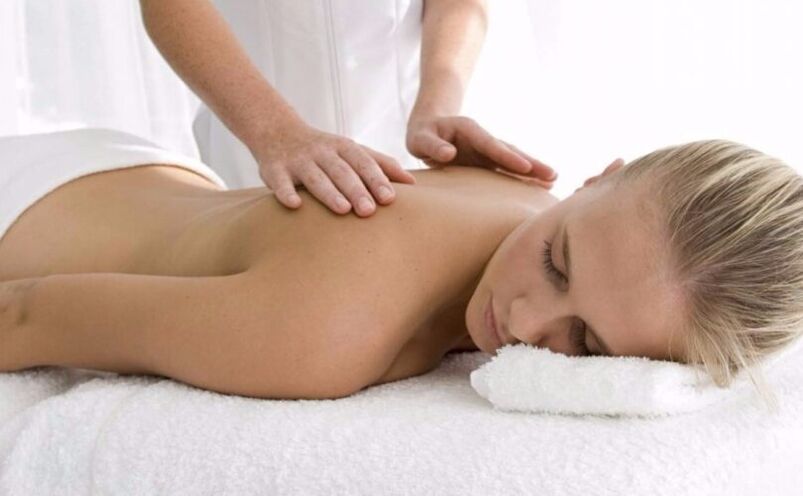
The spine is made up of joints and vertebrae. Cushioning, mobility, nutrition are provided by intervertebral discs and joint capsules - cartilaginous structures containing fluid. Ligaments maintain a complex structure of bone and cartilage tissue, limit hypermobility and reduce the risk of dislocation. Muscle tissue protects against damage and provides nutrients. For various reasons (age, injury, exhaustion, changes in metabolism), the cartilaginous structures fade and become thinner. The joints are fused, the pressure in the spine changes.
Intervertebral discs are dense and durable formations that are damaged due to the incorrect position of the joints. When damaged, they leave their usual position, protrusions, hernias appear, which put pressure on the nerve endings. The process of autoimmune reactions begins - the body perceives a hernia as a foreign formation that needs to be fought. Muscle spasms, blood circulation is disturbed, the person feels pain. Often the pain radiates to the internal organs. Against the background of neuralgia, tachycardia, pain in the heart, lungs and an unpleasant feeling in the stomach appear. In women, it is difficult to raise your arm, tilt your head.
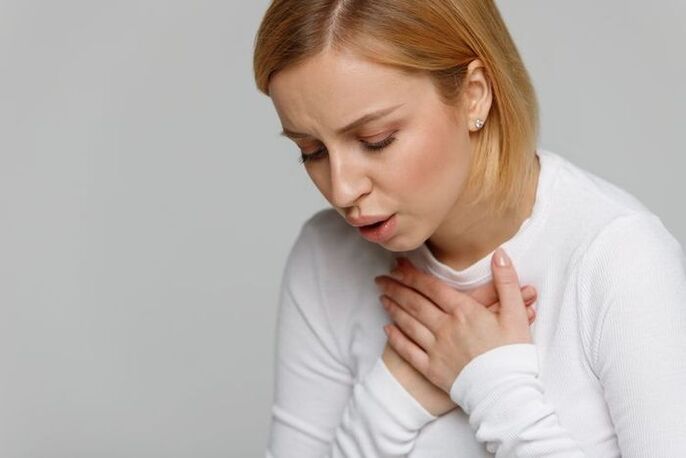
Osteochondrosis of the thoracic and cervico-thoracic regions develops imperceptibly. Often the patient learns about the presence of a problem during the examination when dealing with complaints about the work of the heart. After the examination, the neurologist makes a diagnosis of cervicothoracic osteochondrosis.
Cervicothoracic osteochondrosis
The first symptoms of thoracic osteochondrosis can be detected independently at home. A change in posture is the difficulty in keeping the back straight for a long time, discomfort in the shoulder blades, an increase in kyphosis - the curvature of the spine. There are 2 tests to detect problems in yourself.
How to detect signs of cervicothoracic osteochondrosis:
Lean your back against the wall as tightly as possible. Pay attention to the distance between the lower back and the wall. Normally, the back should be completely leaning against the wall. A large distance indicates the development of compensatory deviations - lordosis and kyphosis. Vertebrae and joints are mobile structures. Changes in one segment are compensated by the flattening or deviation of the other. Changes in women occur during pregnancy, when the spine adapts to the load when carrying a child. In women after 40 years, flattening of the lumbar region, developed kyphosis in the chest are often noticeable.
Stand straight. As you inhale, stretch the top of your head and your arms upwards, as you exhale, bend down, reach for the floor with your hands. Normally, the hands should touch the floor freely. If you're doing the exercise in front of a mirror, watch how straight your back is when tilted.
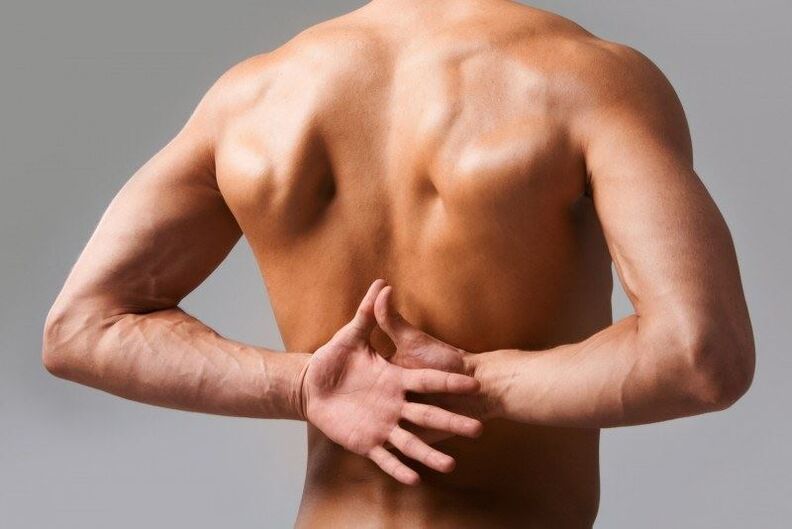
Scoliosis, overweight problem, frequent colds aggravate the situation, causing further exacerbation. Degenerative-dystrophic processes occur faster in weakened areas. Over time, the symptoms of cervicothoracic osteochondrosis clear up:
- stooping, inability to control the correct posture;
- the appearance of a widow's bump at the level of the 7th cervical vertebra;
- discomfort under the shoulder blade (usually right);
- chest pain during deep breathing;
- difficulty raising the arm, bringing the shoulder blades together;
- increased blood pressure, tachycardia.
Unfortunately, people do not always associate chest pain with symptoms of osteochondrosis of the thoracic spine. After reading the available recipes, self-medication begins. Instead of massages and physical education, they take medication to reduce the pressure. Instead of chondroprotectors, mustard plasters are placed on the chest.
widow bump
The widow's hump, the skin of the skin, the withers is an accumulation of fat in the cervico-thoracic spine. The withers appear where the muscles are least developed. It's not just an aesthetic problem. The stagnation of the cervico-thoracic region prevents the free rotation of the head. In women with a widow's bump, the head very often hurts, blood pressure changes, and there is a feeling of a lump in the throat. It is difficult to reduce and separate the shoulder blades, the hands go numb, the eyes darken, hearing decreases, and when the head is turned, a crackle is emitted.
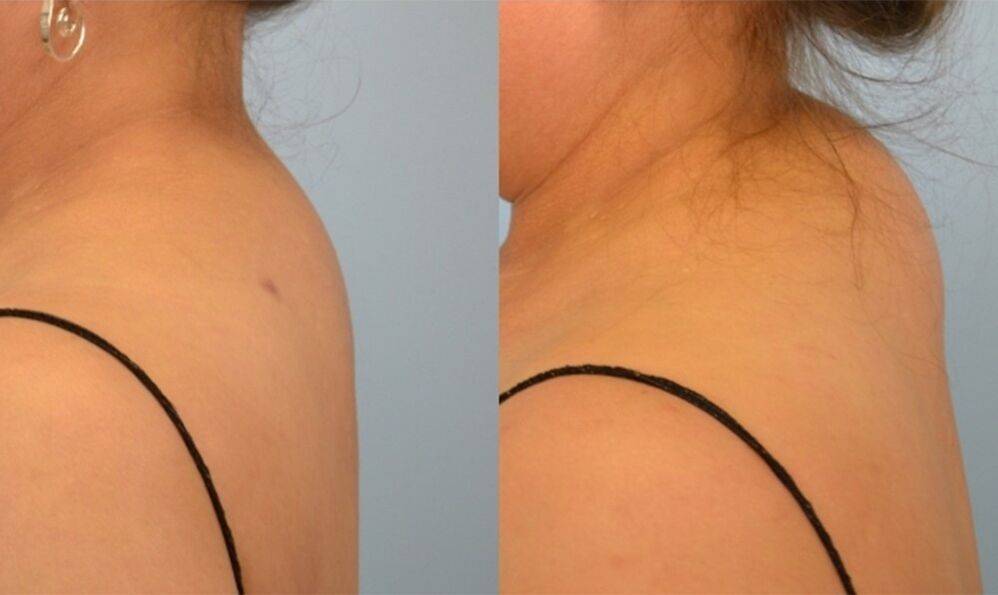
The disease got its name because in women over 45, doctors noticed the formation of a seal in the cervico-thoracic region. Previously, at this age, women became widows. Today, signs of tourniquet can be seen in young, overweight women. In men, the withers do not form due to atomic features: developed trapezius, deltoid muscles and biceps.
Metabolic disorders, excess weight, physical inactivity, weak muscles of the upper limbs form a wen. It is very difficult to get rid of the formed withers, it is necessary to perform exercises, massage and follow a diet.
Bechterew's disease
A dangerous disease that occurs mainly in men, in which the muscles atrophy, the joints fuse together. The biggest problem is that the disease is diagnosed at an advanced stage. It is very difficult to grasp the moment of development, because patients come to a medical institution when the spine is already constrained.
The first painful symptoms appear in the sacrum and eventually reach the neck. The deviation in the cervico-thoracic region increases, the body leans forward, acquiring the position of the supplicant. Due to the change in the position of the chest, it becomes difficult to breathe. Radiating pain in the hands, increased blood pressure, muscle cramps torment the patient. Internal organs are affected - the heart, lungs, kidneys. Due to improper posture, circulatory disorders injure the eyes.
Prompt diagnosis allows you to start treatment at an early stage. Medication (painkillers, muscle relaxants), exercise therapy, physiotherapy give good results. The patient has to make a lot of effort to recover. In difficult situations, surgery is possible to eliminate immobility.

Hearing loss
With cervicothoracic osteochondrosis, blood circulation in the brain is disturbed. Blood in the vessels stagnates, noise and ringing in the ears begin. There is an audio problem. The brain compensates by creating phantom sounds. Conducted experiments have shown that patients with circulatory disorders hear sound, regardless of its presence. It is a protective system - if the ear cannot pick up certain sounds from the outside world, the brain creates those sounds itself.
Exacerbation of the disease is accompanied by congestion in the ears. In the presence of inflammatory processes - hissing, ringing, buzzing. In addition to hearing, vision deteriorates, memory is impaired.
Heart problems
During a spasm, the muscles compress the vertebral artery, which carries blood to the brain. With a lack of nutrient fluid, the central nervous system gives a signal to increase heart rate to increase pressure. The heart beats faster, stronger, pressure increases, nutrition is restored.
Medicines are taken to lower blood pressure - blood flow is reduced, the heart starts beating faster again. Patients with osteochondrosis of the chest region rapidly develop cardiovascular diseases. They may be disturbed by a feeling of discomfort in the chest, which is aggravated by the movement of the arms, deep breathing, turning, tilting.
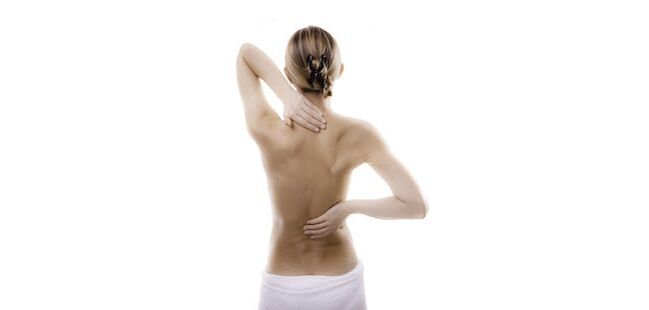
Dorsalgia - back pain, appears due to pinching of the nerve roots. Contraction of reflex muscles aggravates the situation - blood flow is disturbed, edema appears. It is important to provide yourself with medical care in time and to consult a doctor for help with regular pain.
Treatment of osteochondrosis
First aid for osteochondrosis is given at home if you have a sharp pain in the back, an unpleasant feeling in the chest area, it is difficult to raise your hand and move.
You must take NSAIDs. Do not forget that with osteochondrosis, drugs with anti-inflammatory effect help best. Painkillers are less effective, although they have fewer side effects. Rub NSAID ointment or chondoprotective ointment on the site of inflammation. Massage movements will disperse the blood, relieve swelling, and the medicine will help you survive the exacerbation. You need to move through the pain - make circular movements with your hands, head, hips, bring your shoulder blades together. Stretch your back by leaning on a table or chair.
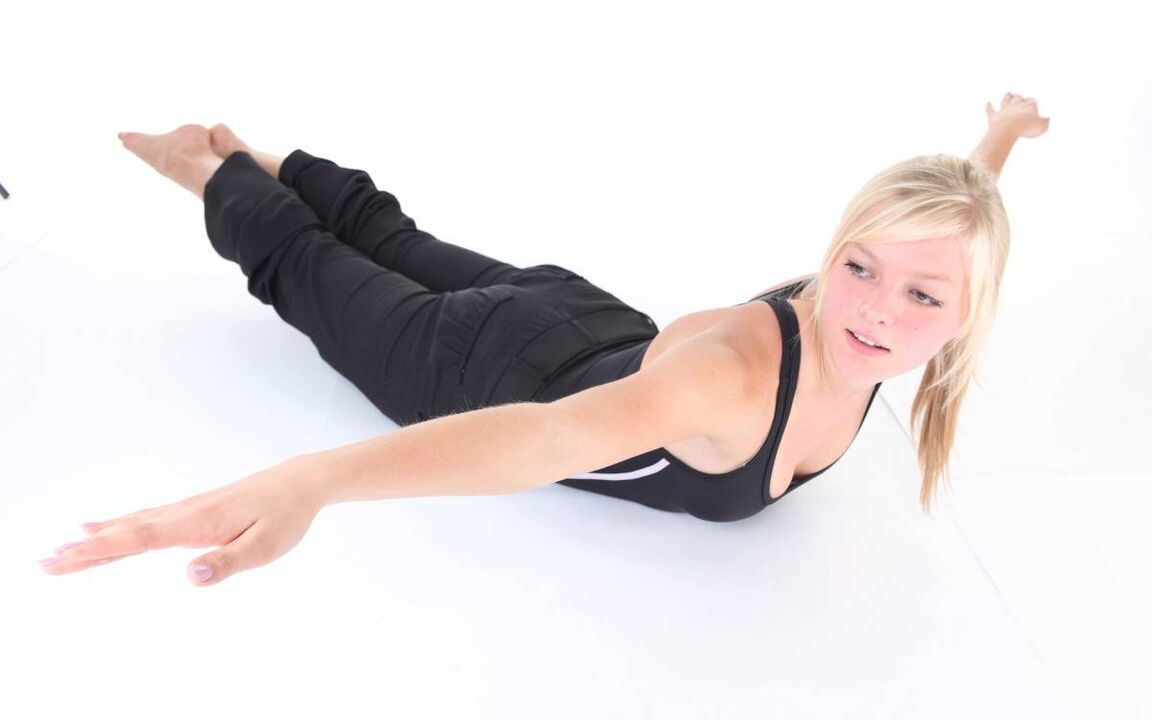
Hot compresses are not recommended. After all, the blood will flow faster to the place of edema, it will not be able to pass through the vessels due to muscle spasms. As a result, the swelling will increase, the inflammation will spread. For pain in the thoracic region, stretch the spine on the horizontal bar, or with a Glisson curl. Correction with active traction is used only with well-developed muscles, and it is also not necessary to seek a state of complete rest.
If the exacerbation recurs within a month, it is better to consult a doctor for examination, diagnosis and treatment. It is impossible to fully recover from osteochondrosis - there is no technique that would allow you to turn back time and stop degenerative processes.
But there are techniques that will help cope with the pain and adapt to the changes taking place. These are drug treatments, massages, physiotherapy, manual therapy, vertebrorevitology, acupuncture and kinesiology.
After making a diagnosis, the doctor will choose a recovery option: prescribe the necessary drugs that will help you survive the exacerbation, recommend procedures and manipulations for recovery.


















